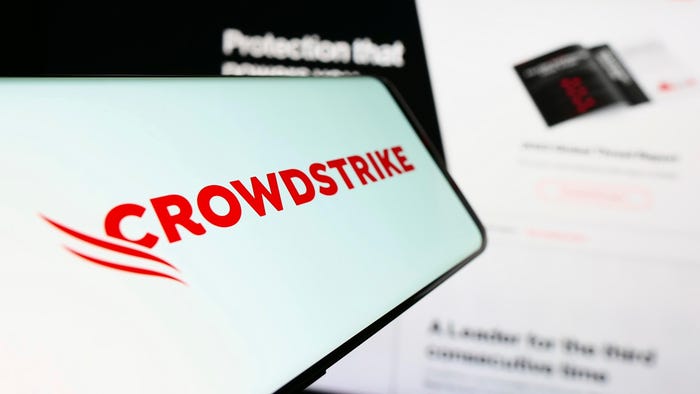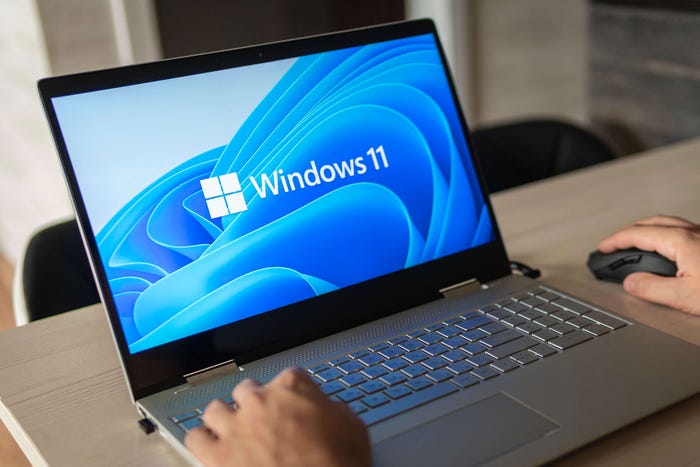More Windows Kernel Vulnerabilities May Emerge
After issuing dozens of patches this year, Microsoft may still have more work to do, Black Hat speaker warns.


Office 365 Vs. Google Apps: Top 10 Enterprise Concerns
Office 365 Vs. Google Apps: Top 10 Enterprise Concerns (click image for larger view and forslideshow)
A researcher who discovered a fundamental design flaw in the kernel of the Windows operating system said the software giant has done a good job of patching so far, but it's likely that more vulnerabilities will emerge before its work is done.
Tarjei Mandt, a researcher at security company Norman ASA, said that despite last week's Patch Tuesday announcements, which corrected some 13 Windows kernel vulnerabilities--and a series of patches issued in April that patched 30 more, there likely will be more vulnerabilities found at the Windows kernel level.
Mandt, who discovered the fundamental flaws in the 15-year-old Win32.sys operating environment, will present his findings on Windows kernel vulnerabilities in a talk that will be presented at Black Hat USA in Las Vegas next month.
The vulnerabilities--and Mandt estimates that there may be hundreds of them--generally are the result of a function in the Win32k graphical user interface called user-mode callbacks, a mechanism that allows the kernel to make calls back into user mode. User-mode callbacks enable the operating system to do a variety of tasks, such as invoking application-defined hooks, providing event notifications, and copying data to or from user mode, Mandt explained.
While there are no known examples of exploits that take advantage of the Win32k vulnerabilities in the wild, the relative ease of creating such exploits--combined with the fundamental role of the kernel in all Windows operations--should make these vulnerabilities a top priority for patching, Mandt said.
"A flaw at the kernel level could give an attacker access to some capabilities that an application-level flaw might not," Mandt said. One of the principal threats is the ability to use the flaws to elevate user privileges, which could enable the attacker to take over a Windows device and/or execute code remotely.
Read the rest of this article on Dark Reading.
Black Hat USA 2011 presents a unique opportunity for members of the security industry to gather and discuss the latest in cutting-edge research. It happens July 30-Aug. 4 in Las Vegas. Find out more and register.
Read more about:
2011About the Author(s)
You May Also Like
CISO Perspectives: How to make AI an Accelerator, Not a Blocker
August 20, 2024Securing Your Cloud Assets
August 27, 2024




